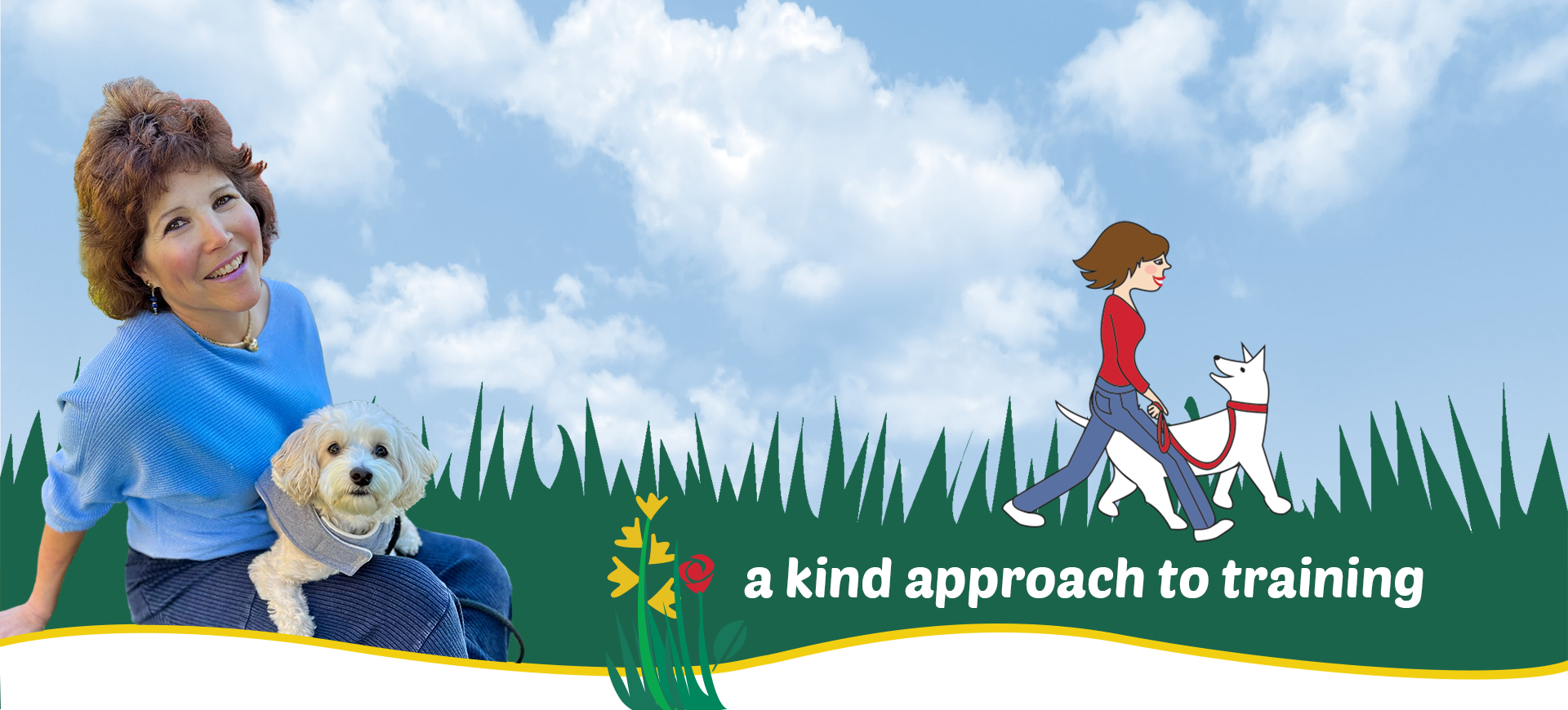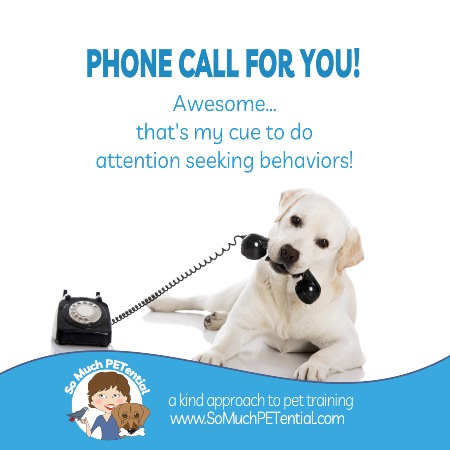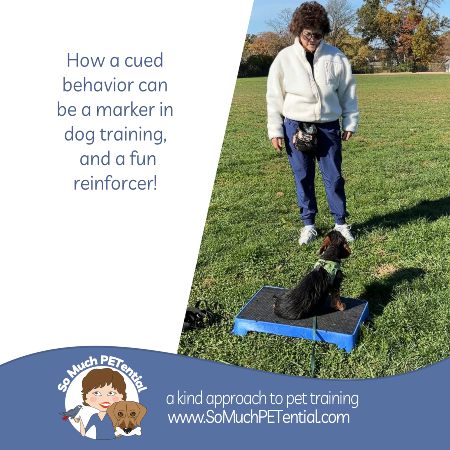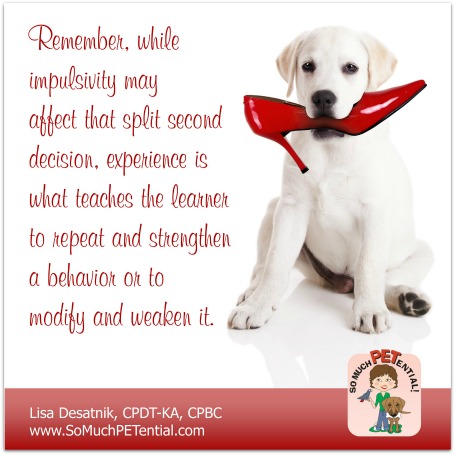 Many of us get annoyed when our dog jumps on us, whines, or nips at us for attention. Or when our dog impulsively dives to grab a shoe. We wish our dog could see an open door and not bolt through it. We get irritated when our dog barks, jumps and/or runs around when we take out a leash.
Many of us get annoyed when our dog jumps on us, whines, or nips at us for attention. Or when our dog impulsively dives to grab a shoe. We wish our dog could see an open door and not bolt through it. We get irritated when our dog barks, jumps and/or runs around when we take out a leash.
Here is the thing. Seeing something it wants and sitting near it unless or until told it can have it, is not something dogs inherently do, just as a young child taken to a candy store would more than likely not choose to sit in a chair and read a book. Unless, that is, that the dog has been taught that sitting near something it wants is what gets him the opportunity to have it; or the child has been taught that sitting in a chair in a candy store gets him/her a piece of candy or something else of value.
While choices in life are always made based on where the value is at that particular moment in time, impulsivity is the tendency to act without thinking for instant gratification. I may eat that chocolate cake sitting in front of me because it is there and it is REALLY tempting even though I know I am trying to lose weight. I may buy that expensive dress because it looked great on me in the store even though I have no immediate place to wear it and it is more than my budget would allow. I am willing to bet that all of us have made impulsive decisions at one time or another.
Dogs are the same way. In the moment, a dog may see a shoe on the floor and put it in its mouth, may see a leash and bark and run in circles, or may be excited to see its humans and will jump on them. The list can go on.
Here is the thing to always remember (I know, I keep repeating myself), while impulsivity may affect that split second decision, experience is what teaches the learner to repeat and strengthen a behavior or to modify and weaken its occurrence.
When we share our homes with pets, it is so important for us to realize we have a lot to do with the behaviors we see in our non-human companions. We need to be aware of our pet’s needs for physical and mental stimulation.
We also need to be aware that with every interaction of every waking moment, it is the consequences of behavior that determine the future rate of that behavior.
So, think about how you can incorporate this into your everyday life to live with a pet that makes more human acceptable choices. In another post, I wrote about a basic exercise for teaching self control – teaching your dog that the choice of going after food in your hand makes the opportunity go away but the choice of backing up from your hand gets the food. Think about how that exercise is expanded to other everyday life.
- The choice of barking in a crate gets humans to walk away or ignore him but the choice of sitting quietly gets the crate door to open.
- The choice of sitting at a door that opens gets him the opportunity to go outside but the choice to make a move toward the door makes the door close.
- The choice of dropping a toy at his owner’s feet gets him a tasty treat or a game of tug or something else but the choice of running away from his owner with the toy or keeping the toy in his mouth gets the owner to ignore him.
- The choice of walking by your side gets your dog the opportunity to receive a tasty treat or the opportunity to go sniff flowers or a hydrant with you but the choice of pulling at the end of the leash makes you stop forward movement.
- The choice of barking and pushing over you gets you to stay seated and keeps the car door closed but the choice of sitting in the car seat gets the door to open.
What can you add to this list?
At the same time, think about how you can add greater value to the acceptable behaviors your dog does so that he will choose to do those behaviors more often. Or what behaviors do you need to teach your dog that can help him to succeed in that circumstance? If you want your dog to choose to lay in his bed instead of bumping you while you are working at your sink, how can you make that choice more valuable for your dog (while ignoring the behavior of bumping you)? If you want your dog to lay down with relaxed muscles when you stop playing, how can you build value for your dog to lay down with relaxed muscles?
Can I be of further help to you and your pet? Please contact me!

